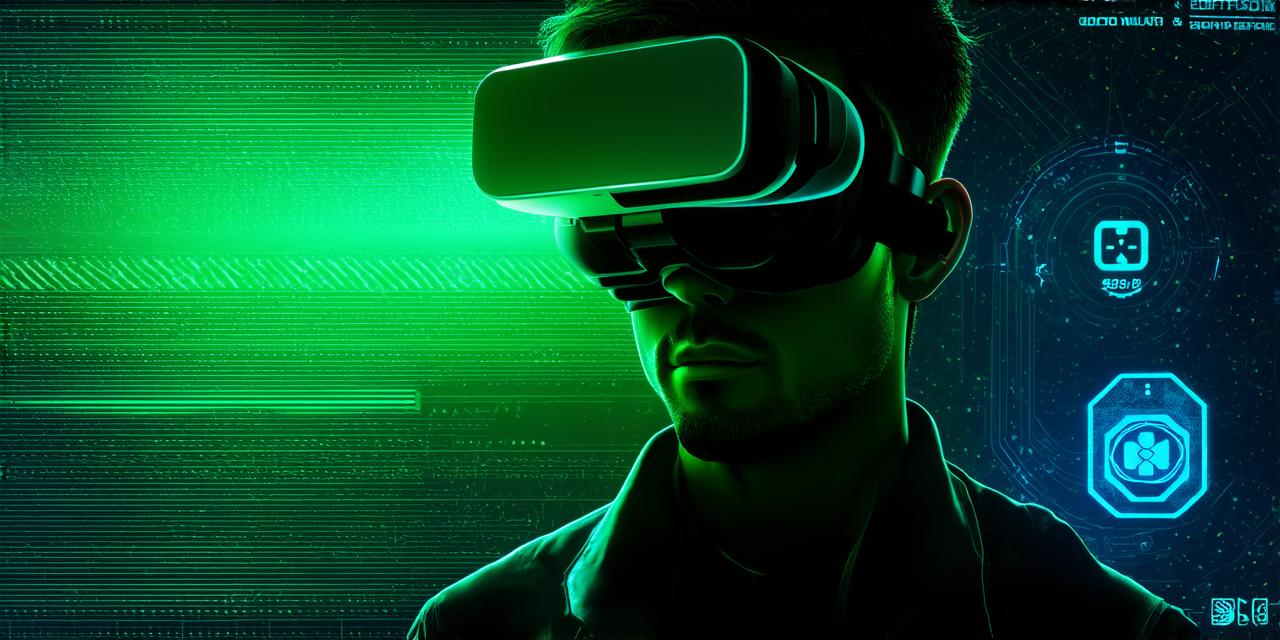Virtual reality (VR) is a powerful tool that can revolutionize healthcare settings by providing immersive experiences that help doctors and patients alike.
Improving Patient Outcomes
One of the most significant benefits of VR in healthcare is its ability to improve patient outcomes. For example, VR can be used for surgical training, allowing surgeons to practice complex procedures in a safe and controlled environment before performing them on real patients.
This can lead to fewer complications and faster recovery times.
Another way that VR can improve patient outcomes is by providing immersive experiences that can help alleviate pain and anxiety. For example, VR can be used to create virtual environments that simulate nature or provide calming music and visuals.
These experiences can help reduce stress and promote relaxation, which can improve the overall well-being of patients.
Reducing Costs
Virtual reality can also help reduce costs in healthcare settings by providing more efficient and cost-effective solutions for training and education. For example, VR can be used to train healthcare workers on how to use medical equipment or perform complex procedures, which can save time and resources compared to traditional training methods.
In addition, VR can be used for remote patient monitoring, allowing doctors to monitor patients in real-time from a distance. This can reduce the need for expensive hospital visits and can help prevent complications that require urgent attention.
Enhancing Quality of Care
Virtual reality can also enhance the overall quality of care by providing personalized experiences that are tailored to individual patient needs. For example, VR can be used to create virtual environments that simulate real-life situations, allowing patients to practice and improve their skills in a safe and controlled environment.
This can help improve patient outcomes and reduce the risk of complications.
Another way that VR can enhance the quality of care is by providing doctors with access to the latest medical research and best practices. Virtual reality can be used to simulate real-world scenarios, allowing doctors to test new treatments and therapies before they are implemented on real patients. This can lead to more effective and personalized care for patients.
Case Studies and Personal Experiences
One example of how VR can be used in healthcare is through the use of VR simulations for surgical training. In a study published in the journal Virtual Reality, researchers found that surgeons who underwent VR training were able to perform complex procedures with greater accuracy and confidence than those who did not receive any training at all.
Another example is the use of VR for pain management. In a study published in the Journal of Medical Internet Research, researchers found that patients who used VR to manage pain experienced a significant reduction in their level of pain compared to those who did not use VR.
Personal experiences from AR developers also show how VR can be utilized in healthcare settings. For instance, one AR developer shared how they worked on a VR program that was used to help patients with PTSD by exposing them to controlled virtual environments that simulated real-life situations that triggered their anxiety. The patient was able to gradually overcome their fear and anxiety in the controlled environment, leading to better mental health outcomes.

Expert Opinions and Research Findings
According to Dr. Eric Topol, a cardiologist and Director of the Scripps Research Translational Institute, “Virtual reality has immense potential to revolutionize healthcare by providing personalized experiences that can improve patient outcomes and reduce costs.”




